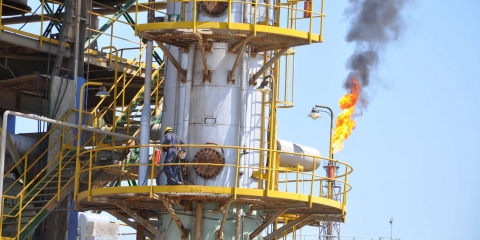A Journey Into Iraqi Kurdistan
The Mar Mattai monastery clings to the side of a steep mountain, and on a clear day a visitor can stand against its fortresslike walls and discern far below the winsome farmlands of Upper Mesopotamia. Here, in the cradle of civilization, the building is one of the oldest Christian monasteries in the world. From this […]Tim Neville writes for The New York Times:
The Mar Mattai monastery clings to the side of a steep mountain, and on a clear day a visitor can stand against its fortresslike walls and discern far below the winsome farmlands of Upper Mesopotamia. Here, in the cradle of civilization, the building is one of the oldest Christian monasteries in the world. From this peaceful perch, it is difficult to imagine the horror.
One hazy morning last spring, Harry Schute, a retired Army colonel in his 50s with a Cheshire grin, walked through the monastery’s heavy doors and along its shaded arcades. A boy played with a soccer ball in the courtyard, the boom of each kick cracking off the stone walls. At its peak in the 9th century, the monastery housed as many as 7,000 monks. Today it has five, a bishop, this boy and his family — all survivors of the Islamic State.
We were on the western fringes of Kurdistan, a Netherlands-size, semiautonomous region in the north of Iraq that is home to 5.2 million of the world’s estimated 30 million Kurds, a stateless people who populate the border regions between Iraq, Turkey, Iran and Syria. The fact that the monastery still stood; that this Christian boy and his family were still alive; that a small group of North Americans now felt safe enough to travel here — all of it seemed like a miracle.





